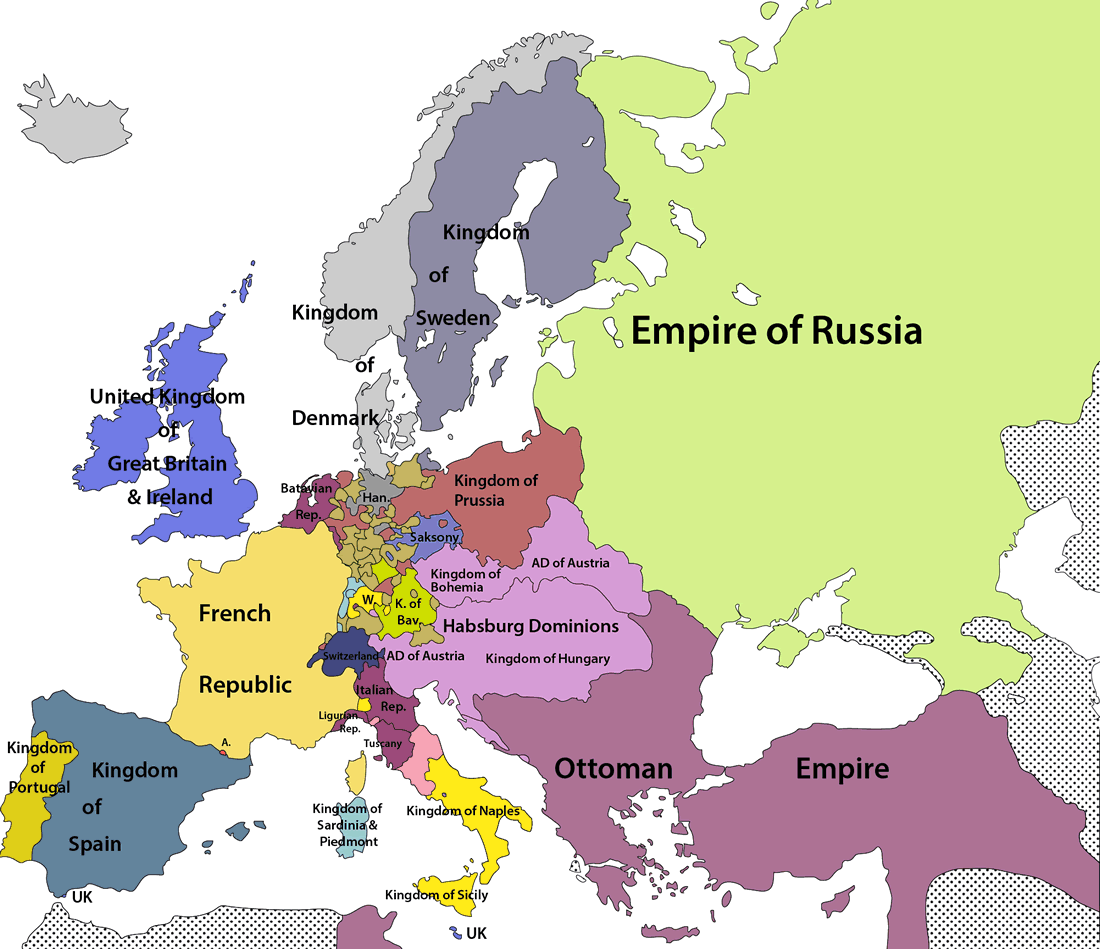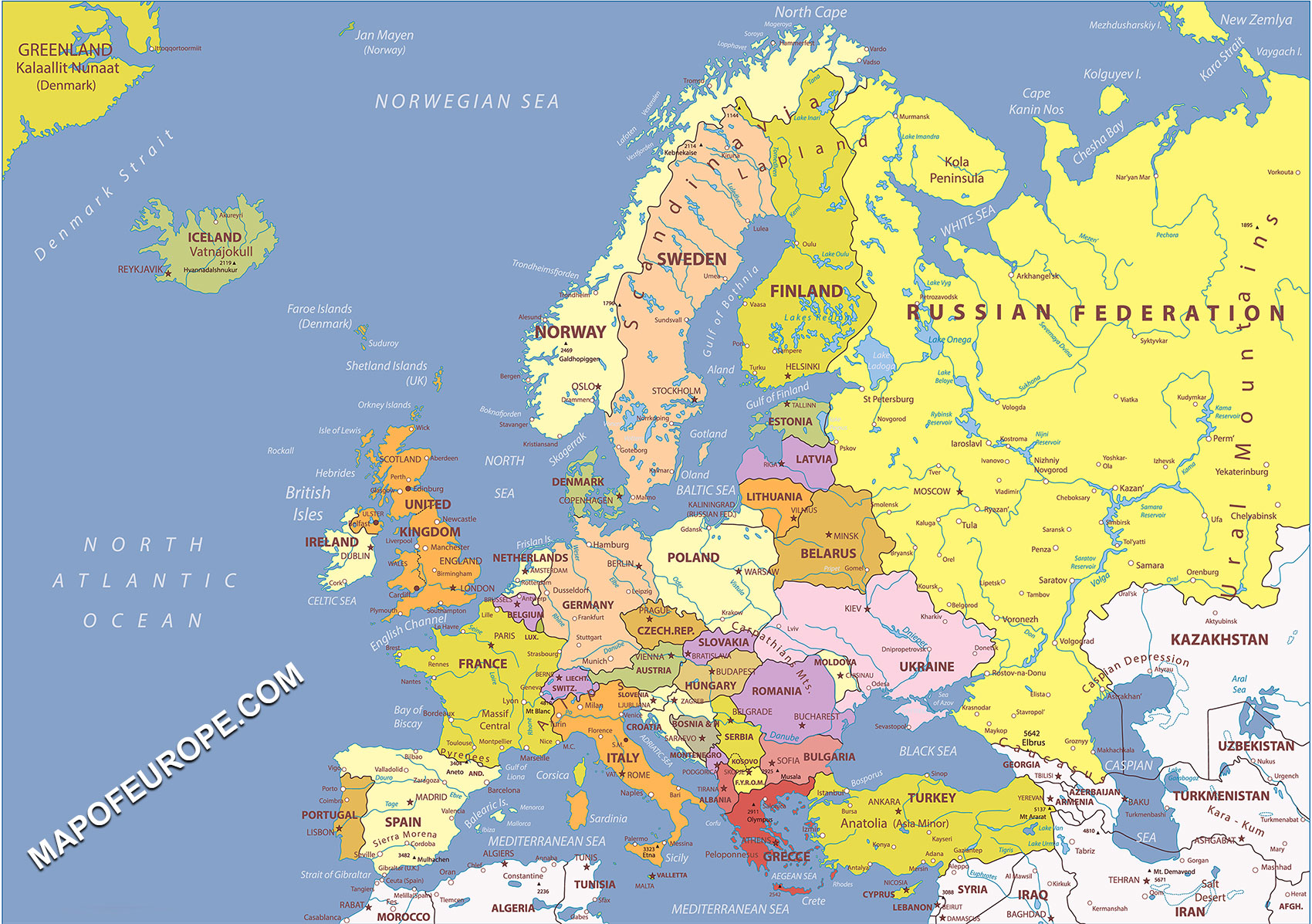

The new kingdom of Holland was governed by Ludwig, another one of Napoleon’s brothers, beginning in 1806. They were formed into the new Grand Duchy of Warsaw and governed by Saxony in a personal union.

Apart from all its territories west of the river Elbe, Prussia also lost several large territories in the east. In the following years, additional states joined the Confederation of the Rhine, including the higher-ranking Kingdom of Saxony, the Kingdom of Westphalia (newly created after the grave Prussian defeat in 1806 and governed by Jérôme, a brother of Napoleon), and the Grand Duchy of Berg, which was in the hands of Joachim Murat, one of Napoleon’s brother-in-laws. Its last ruler, Franz II, had already held the parallel title Emperor of Austria since 1804. After the states of the Confederation of the Rhine formally seceded, the Holy Roman Empire of the German Nation ended on August 6, 1806. The Confederation of the Rhine was obliged to provide military support to Napoleon. Bavaria and Württemberg were elevated to kingdoms in 1805, and in the summer of 1806 their leaders openly violated imperial law by uniting with other, elevated southern and western German sovereigns in the Confederation of the Rhine. Baden, Württemberg, Bavaria, and Prussia profited from the division of the territories in particular. In Germany, the Principal Decree of the Imperial Deputation of 1803 eliminated almost all secular territories as well as most free cities.

Beginning in 1799, Napoleon successfully led four additional coalition wars (1799-1802, 1805, 1806/07, and 1809) which further contributed to the territorial reorganization of Central Europe. The first affiliated republics under French control emerged in Upper Italy. Austria lost its Dutch possessions (Belgium), as well as Milan.

Under the supreme command of the Corsican Napoleon Bonaparte, further military successes followed in Italy. In peace agreements of 17, France expanded its territory to the Rhine. Starting in 1792, Europe endured almost permanent warfare, as Revolutionary France, with its changing lines of attack, faced off against the other major powers, the monarchies of Great Britain, Austria, Prussia, and Russia. From Vormärz to Prussian Dominance (1815-1866)Ĭentral Europe at the Height of Napoleonic Power (1812)


 0 kommentar(er)
0 kommentar(er)
